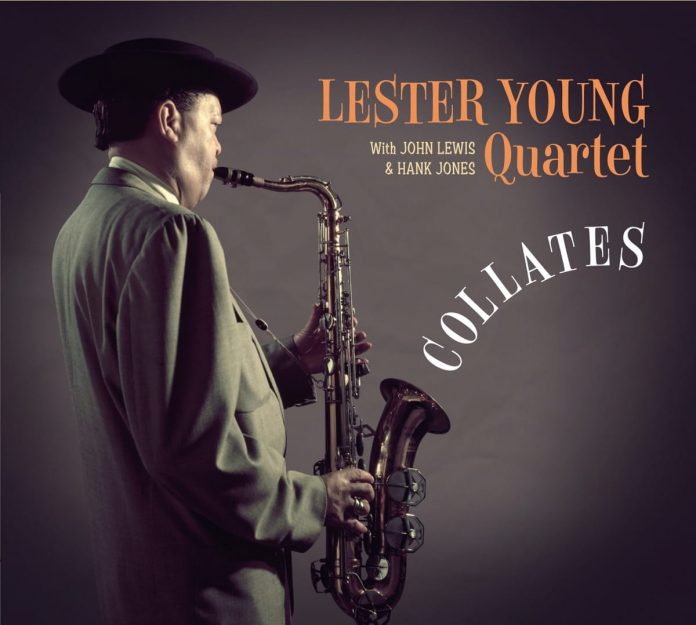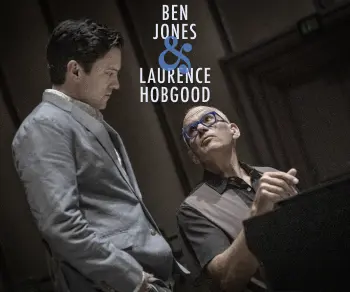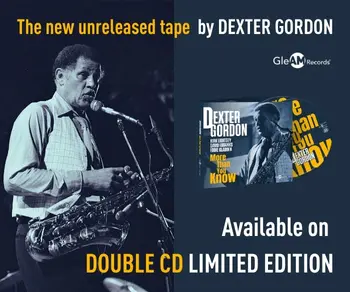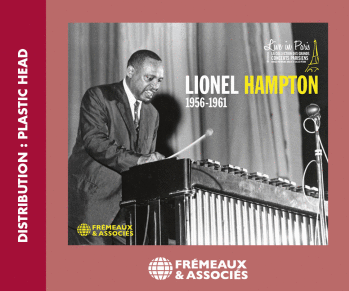The 25 tracks on this generous compilation give the lie to the claim that after his release from the US army in 1945, Lester was a broken reed (pun intended) who steadily deteriorated (physically and musically) until his death in 1959. Admittedly some of his latter day recordings for Norman Granz’s Clef and Verve labels are distressing to hear, as is his final recording Le Dernier Message De Lester Young made in Paris on 4 March 1959. It should never have been released.
The same certainly cannot be said about these studio sessions made between 1949 and 1951. Accompanied alternatively by John Lewis or Hank Jones and (generally) well-chosen rhythm sections, Lester showed no obvious signs of decline in terms of creativity. His tone, if not as “light” as in his halcyon Basie days, was still distinctive and compelling. He was also receiving large wages and royalties which enabled him to buy a substantial house in the Queens borough of New York City.
These tracks originally appeared on the Norman Granz Clef Label as 10” LPs – Lester Young Collates and Lester Young Collates No. 2. They are supplemented here by nine “bonus” tracks from the same sessions. In his liner notes to Collates No. 2, Granz asserted: ”Putting out albums on (sic) Lester Young . . . is akin to voting for the same candidate for office over and over again. This album represents my vote again for Lester Young’s retention of the presidency.”
Every one of these titles – alternative takes included – justified Granz’s enthusiasm, but some, understandably, are better than others. On those with Buddy Rich, Pres is heard against heavy-handed and obtrusive drumming (but with compensating lightness of touch from Hank Jones). Graham Colombé noted in his excellent 1974 essay Time And The Tenor: Lester Young In The Fifties, that “on Up ‘n’ Adam, it’s obvious that Rich’s heavy, inflexible drumming doesn’t suit Young at all, although he manages to produce some soaring, floating phrases that glide above the heavy ground rhythm”.
The sessions with John Lewis (as with later recordings with Nat King Cole and Oscar Peterson) are of superior quality, especially those with Ramey and Lester’s old friend Jo Jones. Try Undercover Girl Blues, which Dave Gelly has justly characterised as “so beautiful and accomplished that one scarcely knows where to begin. The tone is clear, delicate and infinitely flexible. The slurs, shadings and tonal shifts emerge not as applied effects but as organic components on an immensely subtle improvised line”. A sprightly September In The Rain, with Lewis, Jones and Ramey, strikes a perfect balance between a totally assured Pres and his supportive rhythm section.
These were not Lester’s finest recordings, but with the empathetic and uplifting company of two highly accomplished pianists, they are still immensely rewarding. Interviewed in Downbeat in 1956, Lester said: “A musician should know the lyrics of the songs he plays, too. That’s why I like records by singers when I’m listening at home. I pick up the words right from there.” The alternative takes of Thou Swell, Too Marvellous For Words, and every other “standard” on this collation prove his point.
Discography
(1) Too Marvellous For Words; Encore; Polka Dots And Moonbeams; Up ‘N Adam; Three Little Words; Neenah; Undercover Girl Blues; Frenesi; (2) A Foggy Day; Down ‘N Adam; In A Little Spanish Town; Deed I Do; Let’s Fall In Love; Little Pee Blues; Thou Swell; Jeepers Creepers; (3) Count Every Star; It All Depends On You; September In The Rain; Pete’s Caf; Lester Swings; Slow Motion Blues; Too Marvellous For Words (alt); Count Every Star (alt); Thou Swell (alt) (79.08)
Young (ts) on all tracks, plus: Hank Jones, John Lewis (p); Ray Brown, Joe Shulman, Gene Ramey (b); Buddy Rich, Bill Clark, Jo Jones (d). New York, 17 September 1949; June 1950; 16 January 1951; 8 March 1951. (1) Originally issued as Lester Young Collates. (2) Originally issued as Lester Collates No. 2. (3) Bonus tracks from the same sessions, not on the original LPs.
Essential Jazz Classics 11446









